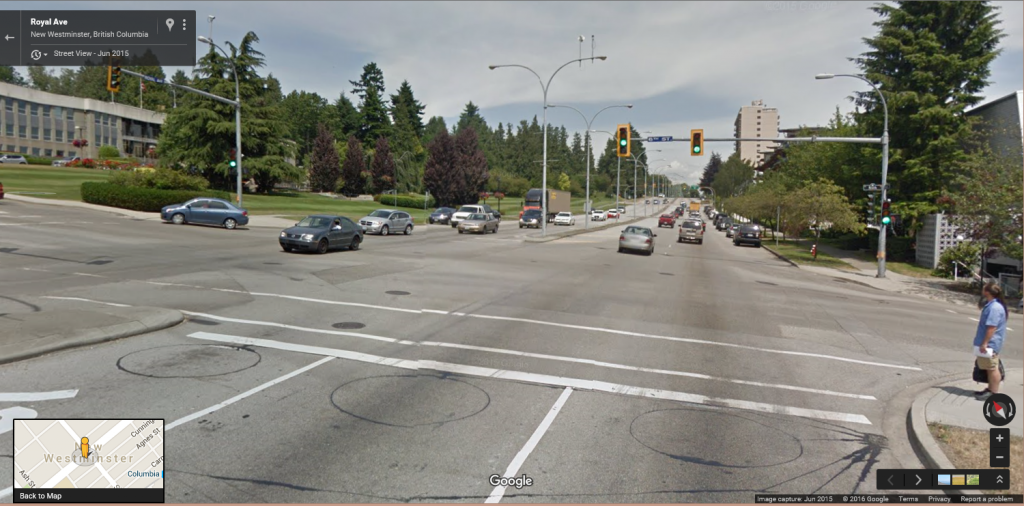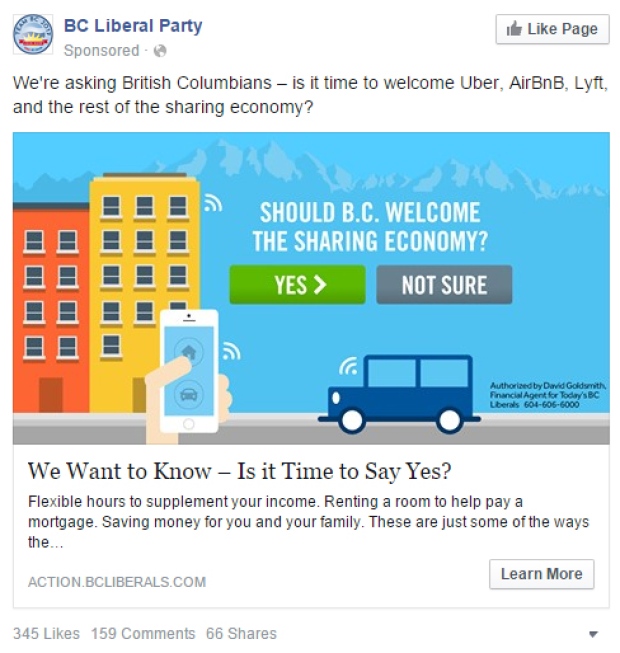Last Council Meeting, the New Westminster Environmental Partners brought a presentation to council on the topic of water conservation. I summarized Council’s resolutions resulting from that discussion in last week’s report, but it is worth expanding on the topic.
Full disclosure: I was actively involved with the NWEP before I was elected to Council, and even served as President for a few years. I have been less involved since I got elected, but am proud of the work we did in this community, and am supportive of the continued work the NWEP does.
The ideas that the NWEP brought first to the City’s Environment Advisory Committee, then to Council with that Committees’ recommendation, were a result of last summer’s unprecedented drought and the Stage 3 water restrictions. Those events saw most lawns in the City turn brown, and had many of us wondering if this was going to be a new reality with the double-whammy of population growth and climate change pushing our reservoirs to the limit.
It was a rainy day in February when Council talked about this topic, but much like it is easier to patch your roof when the sun is shining than when it is leaking, Council sent recommendations back to staff to review and update our water conservation approach in preparation for the next dry season. The approaches could be summed up as the stick, the carrot, and the meter.
The Stick
If I can characterize a common theme at the Environment Advisory Committee, there was frustration expressed about a perceived lack of enforcement in New Westminster during the water use restrictions in the summer of 2015. I think we can all remember noting a lawn or two that was spectacularly green in August, against all odds. On early-morning Sunday FR Fuggitivi bike rides through New West and Burnaby, we saw a lot of sprinklers or tell-tale wet asphalt deep into Stage 3.
For most situations dealing with taxpaying citizens and Bylaws, the City understandably takes an education-first approach. Make sure people violating bylaws understand they are breaking the law, order them to stop, then pull out the fine book if these approaches don’t work. The cost of enforcement Is rarely covered by the fines that can reasonably be applied, social pressure is essentially free, and many more people are obtuse of bylaws than deliberately flaunting them.
However, there are scofflaws, and for them the Bylaws need to be enforced. Council asked staff to report back to us on how the enforcement issues was managed last year, and whether Bylaws Staff had the tools they needed to make enforcement as easy as possible in the event of restrictions in 2016.
The Carrot
Different cities have different levels of water-conservation programming. In New Westminster, rainwater collection barrels are (were?) available from the City’s public works department at a discounted price, so gardeners have a little extra supply around. Other cities have in the past offered “water savings packages” that include things like aerators for your kitchen sink, low-flow shower heads, and spring-loaded outdoor faucets, or rebate programs for those switching to low-flow toilets, in order to incentivize the reduction of water consumption year-round.
I’m actually a bit embarrassed to admit I had very little knowledge of what type of incentive programs like this New Westminster has in place. We asked staff to report back on opportunities for active conservation programs, and to provide a bit of analysis about what works best elsewhere. Hopefully we can high-grade the best ideas from other jurisdictions, and bring them to New West.
The Meter
A basic truth of resource management is that you cannot manage what you don’t count. When it comes to managing our limited resource of clean potable water, water meters are the basic tool of conservation.
In New Westminster, all commercial and industrial users are metered, and pay for their water per cubic metre consumed. Every multi-family residence is also metered, and residents may pay by the cubic metre or a bulk rate to their property manager. Only single-family residences are currently not metered, with all houses paying a “flat fee” for a year of water service. Those with legal secondary suites pay 50% more for their flat rate, to pay for the alleged extra use of their tenant, and some seniors living alone get a discount on the presumption that they use less water.
According to a 2008 report done by staff on this very topic, about 80% of the water hook-ups are not metered, however almost 75% of water use is metered through our existing system. The largest pipes are metered, if not the majority of pipes. It is also reported that New Westminster has one of the lowest rates of water use per capita in the Lower Mainland, but that doesn’t necessarily mean we have the most conservative practices. Compared to most Cities, we have a general lack of large industrial and agricultural users, and have a high proportion of our population living in multi-family dwellings, where water use is typically much lower. These facts point to why we have not been all that motivated in the past to implement a potentially-costly universal metering program, but some things have changed since 2008.
First off, Metro Vancouver (who supplies all of our water) have indicated that they are going to be studying whether mandatory metering is something they may require for their customer municipalities. The 2015 shortage and monumental capital costs required to expand our reservoirs may force their hand, which may in turn force our hand. It serves the City and our rate payers if the City is prepared for this eventuality.
Second, the cost of water per cubic metre from Metro Vancouver has gone up substantially, as will the cost of receiving and treating our liquid waste (which is directly related to the volume of water use). Where the cost of saving water has in the past been overshadowed by the cost of implementing a large-scale metering program, this gap may be closing. Especially as more municipalities move towards metering, and the technology costs come down.
Council asked staff to update the 2008 report, and provide us some models for how a voluntary or mandatory metering system for single family homes might be implemented and operate in New Westminster.
Most of the feedback we have heard so far is positive, and I am reflexively in favour of water meters for all single family homes (including my own). However, I need to emphasize that Council has not made any decisions about this other than to explore the idea, and there is a lot of work for the City to do, including costing, engineering, planning and public consultation, before we have a deliverable program. In the meantime, take shorter showers, ok?


